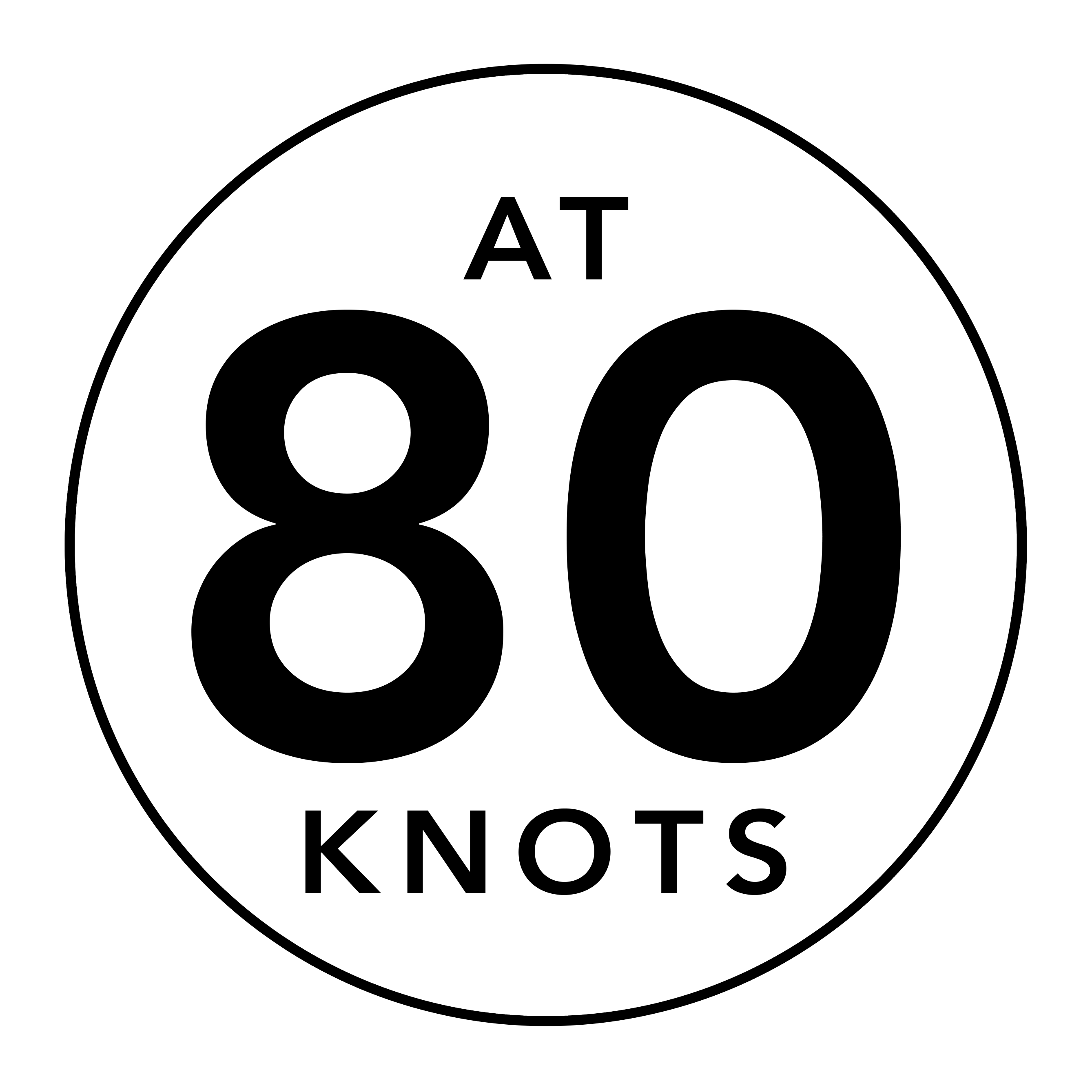STATUS
STATUS
BUILD STATUS
FRONT SECTION COMPLETE
[ OCT 25 ]
The basic front fuselage structure of my microlight is complete.
There’s obviously a lot more that’ll come later, but for now the core structure of the front (cabin) section is complete. The alignment looks good, and all the nuts and bolts have been tightened and secured with Loctite 243 as per the build manual.
I have to say, I think it’s looking really good, and I can’t wait to start work on the tail section.
To finish off the forward section, a little light drilling was required. Watch my little update above, or head on over to my YouTube channel.

STAGE ONE UPDATE
[ OCT 25 ]
I’ve now been working on my Nynja for about a week. It’s been a fab experience so far, and I’m relieved to say that the learning curve has remained managable whilst my mistakes have remained few.
I’m incredibly grateful for all my wife’s help – not least when I realised that I’d installed the nose gear support upside-down, and needed to undo it all and start over.
My current area of focus is the engine mount; my Nynja is unusual in that I’ll be fitting a 912iS, so I need to attach a custom set of brackets in place of where the 912ULS fittings usually go. It’s a little bit trial-and-error, but I’ve had great support from Paul at Flylight – who’s just sent me some narrower saddle washers which should resolve my current problem of excess width in the assembly.
To celebrate, I’ve put together a little update video of my first month as a Nynja builder. You can watch it directly, below, or head on over to my YouTube channel.
THE BUILD HAS BEGUN!
[ SEP 25 ]
The build has begun! The core components have been coated in ACF50, and the first nut and bolt fastened.
The first steps of the build manual focus on the lower and upper cabin triangle; essentially the key components of the cockpit. This is where I’ve started, slowly adding tubes, supports, and braces, until it’s all started to look somewhat familiar.
Read more about my progress on my Week 1 blog post, and don’t forget to check out my Instagram page for all the latest updates.
UNPACKING KIT
[ AUG 25 ]
I have finally collected my kit, and transported it to my state-of-the-art workshop (my garage). The first stage of the build will now involve unpacking everything and wrapping my head around all the components and how/where to store them. I also need to now officially register my build with the BMAA.
COLLECTING KIT ON TUESDAY
[ AUG 25 ]
Paul and his team at Flylight have completed Pre-Delivery Inspection on my kit, and I’m off to Sywell on Tuesday to collect it! Couldn’t be more excited!
KIT UNDERGOING PRE-DELIVERY INSPECTION
[ AUG 25 ]
My kit has now arrived at Flylight at Sywell in Northamptonshire, where Paul and his team are completing its pre-delivery inspection, and compiling all the associated components ready for me to collect very soon!
KIT CLEARING CUSTOMS
[ JUN 25 ]
Exciting news! The main air-frame components have been shipped across Europe, and are currently clearing customs prior to their arrival into the UK. After this, my kit will arrive at Sywell in Northamptonshire, to be checked over by Flylight –– and then I’ll be able to pick it up!
KIT ORDERED
[ DEC 24 ]
Whilst I continue to work with Flylight at Sywell to develop custom fuel tanks (and work on their associated approval) for my Nynja, I am delighted to annouce that I have ordered my Nynja kit, and hope to receive it in approximately six months (June ’25).
OVERWEIGHT OPS APPROVAL
[ NOV 24 ]
Prior to commencing my build, I’d like to ensure my Nynja’s permit-to-fly will allow me to carry the fuel required for my trip. I believe that I am now in agreement with the CAA, BMAA and Flylight that a route to certification has been found.
With a lot of help from Flylight, as well as certain individuals at the CAA and BMAA, I believe I have found a route to certify my Nynja with additional fuel tanks to enable me to occasionally fly overweight for my longer legs.
For the most part, an amendment to the Nynja’s usual design (a larger main tank and larger wing tanks) will enable me to increase my range for the vast majority of the legs – and all within keeping of standard rules and regulations. I believe I have now found a solution to add an addendum to our permit-to-fly which will allow me - infrequently - to operate above the normal maximum take-off weight.
You can read more about this on the Modifications article on my blog.
PRE-ORDER [ OCT 24 ]
I'm currently working with Flylight Airsports (the UK designer and kit importer of the Skyranger Nynja) to adapt the standard design of the Nynja fuel system for my adventure. The aim is to prevent any major retrofits by including them in the build from the very beginning. I also aim to have any changes approved by the BMAA prior to build commencement.
The standard Nynja features twin fuel tanks behind the seats – with an optional wing tank system. I am looking to significantly increase the capacity of the “main” tank behind the seats, as well as the capacity of the wing tanks. This would enable long-range operation whilst remaining below the standard MTOW. A final - temporary - ferry tank, replacing the passenger seat, would provide the range required for the South Pacific sectors, but require operation above normal MTOW.
You can read more about this on the Modifications article on my blog.

TRIP STATUS
IN PLANNING [ ONGOING ]
This project has been in planning – in one form or another – for over a decade. The microlight aspect adds a new layer of complexities which I’ll need to overcome, and that’s something I’ll discuss in more detail soon.
I’ll be bringing you more specific information on the status of my planning soon. Watch this space!






